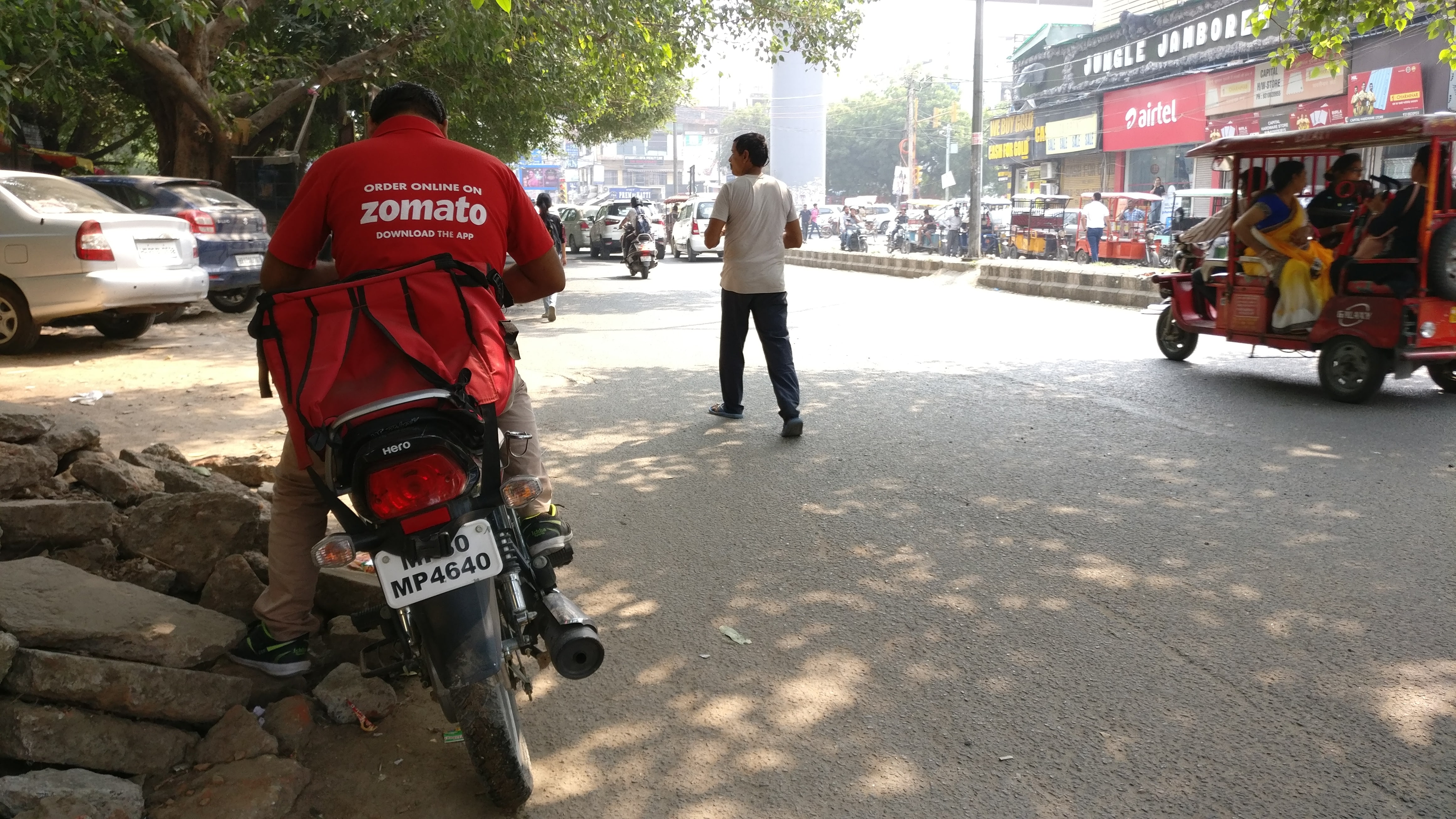
The quick service restaurant (QSR) sector in India has been badly affected by the Covid-19 pandemic. With consumer practices changing and new government-imposed regulations on the QSR industry coming into force, outlets have seen a sharp decline in profit. Figures from Deloitte India reveal a 2-6% drop in sales in the QSR sector in the first quarter of 2020, compared to a 25-30% growth in the equivalent quarter the year before.
In response, QSRs have increasingly turned to the food delivery sector. Outlets are focusing more money and marketing time on generating takeaway custom. For instance, Tata Starbucks, the company which operates Starbucks outlets in India, announced in April that it would begin to offer a takeaway service to areas across the country. This is a move echoed by many businesses across the industry. McDonald’s India, Yum! Brands owned-KFC, Burger King, Domino’s and others have all increasingly focussed their attention on cultivating regular takeaway custom.
Takeaway growth
As in other parts of the world, the food delivery market in India has seen a sharp increase in growth as a result of increased demand. India’s takeaway market is expected to grow at a rate of over 30% per annum until at least 2024. By that year, food delivery services are expected to be used regularly by over 300 million people. The leading delivery companies, Zomato and Swiggy, already carry out an estimated combined 2.6 million deliveries a day, with this number expected to sharply increase by the end of the year.
Recently, other companies have moved to gain a share of the market. Burger King India has announced its plans to introduce its own in-house food delivery app. Amazon entered the food delivery market in India in May with the introduction of its Amazon Food service. Currently operational in Bangalore, nationwide expansion is planned for 2021.
QSRs have quickly attempted to harness the opportunities provided by home delivery in their marketing. In mid-March, when McDonald’s India launched its food delivery service, the ‘contactless’ aspect of the operation was emphasised. Domino’s, Pizza Hut and Taco Bell, among others, have all launched explicitly ‘zero-contact’ delivery systems, aimed at reassuring customers of the safety of ordering from home.
Remaining issues
While the growth of the delivery market does offer a lifeline for QSRs in India, it does not represent an adequate long-term solution to lost revenue. The delivery market is not as profitable for QSRs as physical dining. QSRs typically pay around 15-20% of their income from each order to delivery companies for the use of their online and physical infrastructure.
This reduces the potential profit QSRs can make on each order. While QSRs have launched their own systems, the market is saturated in favour of the established providers. At the height of the pandemic, KFC suspended deliveries using its own service in favour of Swiggy and Zomato, highlighting the issues QSRs face in becoming completely self-reliant in the delivery market. With restaurants still closed to dining-in custom, QSRs also continue to pay large fess for unused physical restaurant spaces.
Some QSRs have already begun to look at other options. In July, Tata Starbucks launched its first drive-through outlet in India in Zirakpur, with the stated ambition of opening more across the country. There have also been reports that Burger King, Yum! Brands and Pizza Hut are all scouting for locations to open additional drive-through restaurants. Through KFC, Yum! Brands has also recently introduced a new kerbside option, where food is passed to customers in their cars by staff outside traditional outlets. Further innovation in the QSR sector is likely in the near future.
Conor Carleton
Pictured: a Zomato delivery driver in Gurgaon, Delhi, India
